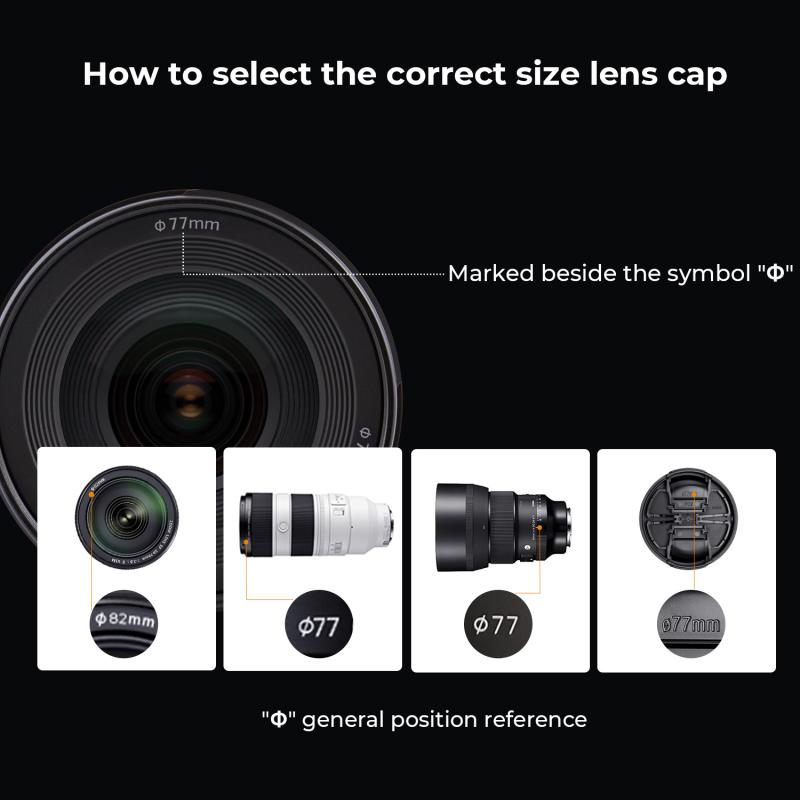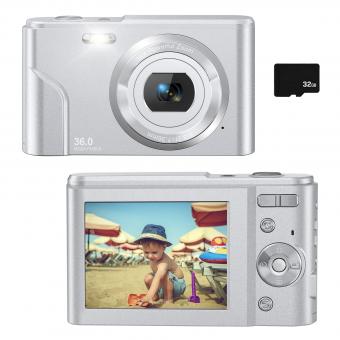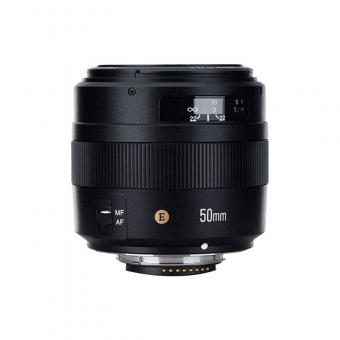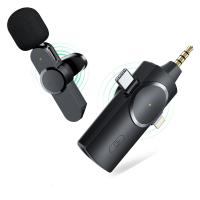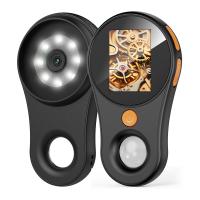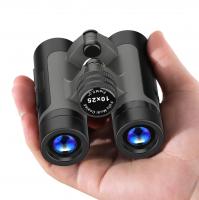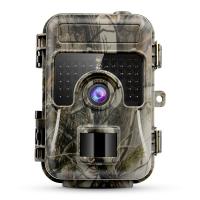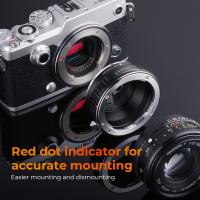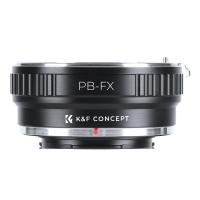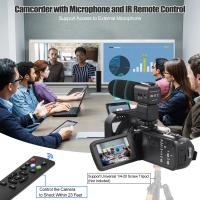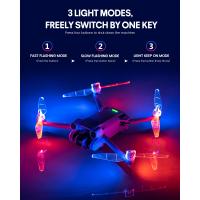What Is A Digital Camera Used For ?
A digital camera is a device used to capture and store photographs and videos in a digital format. It is commonly used for taking pictures of various subjects, such as landscapes, people, events, and objects. Digital cameras have replaced traditional film cameras due to their convenience and ability to instantly view and delete photos. They are widely used by both amateur and professional photographers for personal, artistic, and commercial purposes. With the advancement of technology, digital cameras have become more compact, affordable, and feature-rich, offering a wide range of functionalities, including different shooting modes, adjustable settings, image stabilization, and various lens options. Additionally, digital cameras often have built-in or removable memory cards to store the captured images and videos, which can be easily transferred to computers or other devices for editing, sharing, and printing.
1、 Capturing and storing digital images for photography purposes.
A digital camera is a device used to capture and store digital images for photography purposes. It has become an essential tool for both professional photographers and everyday users. With the advancement of technology, digital cameras have evolved significantly, offering a wide range of features and capabilities.
The primary function of a digital camera is to capture images in a digital format. Unlike traditional film cameras, digital cameras use an image sensor to convert light into digital data. This data is then processed and stored on a memory card or internal storage. The digital format allows for easy manipulation, editing, and sharing of images.
Digital cameras offer various features that enhance the photography experience. These include adjustable settings for exposure, focus, and white balance, allowing photographers to have more control over their images. Additionally, many digital cameras now come with built-in image stabilization, which helps reduce blur caused by camera shake.
One of the significant advantages of digital cameras is the ability to instantly review and delete images. This allows photographers to quickly assess the quality of their shots and make adjustments if necessary. Furthermore, digital cameras offer the convenience of storing a large number of images on a single memory card, eliminating the need for multiple rolls of film.
In recent years, digital cameras have also incorporated advanced technologies such as Wi-Fi and Bluetooth connectivity. This enables users to transfer images wirelessly to other devices, such as smartphones or computers, for immediate sharing on social media platforms or printing.
Moreover, the rise of mirrorless cameras has revolutionized the digital photography industry. These cameras offer the benefits of compact size, interchangeable lenses, and high-quality image sensors, making them a popular choice among professionals and enthusiasts.
In conclusion, a digital camera is used for capturing and storing digital images for photography purposes. Its functionality has expanded over time, incorporating advanced features and technologies that enhance the photography experience. Whether it's for professional use or personal enjoyment, a digital camera is an indispensable tool for capturing and preserving moments in the digital age.
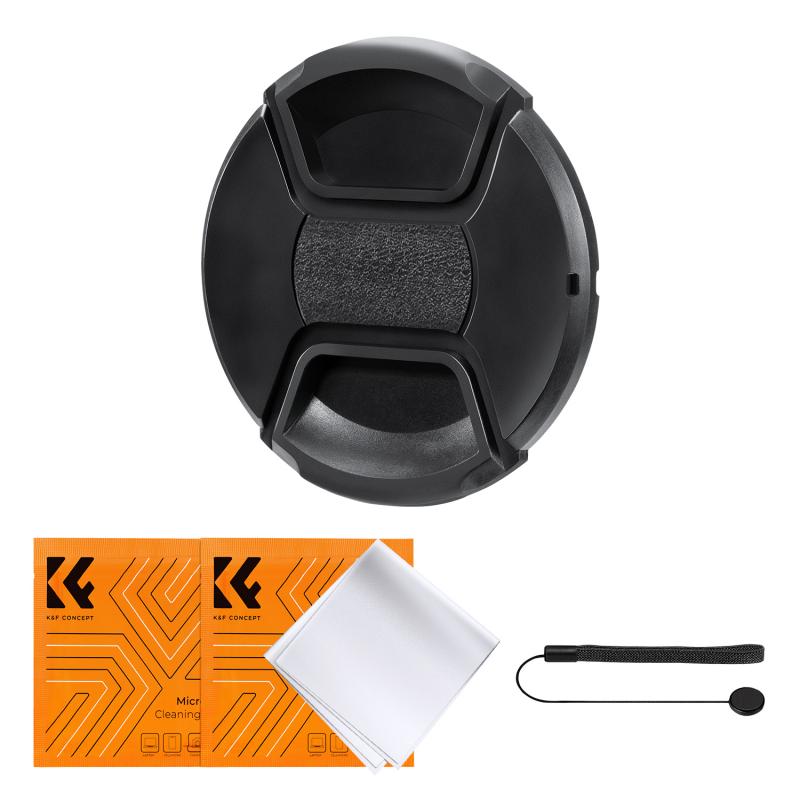
2、 Recording videos and audio with digital technology.
A digital camera is a device that is primarily used for capturing and recording images and videos using digital technology. It has become an essential tool in today's digital age, replacing traditional film cameras due to its convenience and versatility.
One of the main purposes of a digital camera is to capture high-quality photographs. With advanced features such as autofocus, image stabilization, and various shooting modes, digital cameras allow users to take professional-looking photos with ease. Additionally, the ability to instantly review and delete photos on the camera's LCD screen provides immediate feedback, enabling users to adjust their settings and composition for better results.
In recent years, digital cameras have also evolved to include video recording capabilities. This feature has become increasingly important as the demand for video content has grown exponentially. Digital cameras now offer high-definition video recording, allowing users to capture moments in stunning detail. Moreover, many cameras also provide options for manual control over video settings, giving users more creative freedom in their video production.
Furthermore, digital cameras have become more compact and portable, making them ideal for travel and everyday use. With the advent of smartphones, many people now rely on their phone's camera for quick snapshots. However, dedicated digital cameras still offer superior image quality, optical zoom capabilities, and a wider range of shooting options.
In conclusion, a digital camera is used for capturing and recording images and videos with digital technology. It serves as a versatile tool for photography enthusiasts, professionals, and content creators alike. With advancements in technology, digital cameras continue to evolve, offering improved image quality, video capabilities, and portability.

3、 Facilitating image editing and manipulation through software.
A digital camera is a device used to capture and store photographs in a digital format. It has become an essential tool in today's world, replacing traditional film cameras due to its convenience and versatility. While the primary purpose of a digital camera is to capture images, it also serves various other functions, including facilitating image editing and manipulation through software.
With the advancement of technology, digital cameras now offer a wide range of features and capabilities that allow users to enhance and modify their photographs. These cameras often come with built-in editing tools and filters, enabling users to adjust brightness, contrast, saturation, and other aspects of the image. Additionally, they provide options for cropping, resizing, and applying various effects to create unique and visually appealing photographs.
The ability to edit and manipulate images directly on the camera itself or through software on a computer has revolutionized the field of photography. It has empowered photographers to unleash their creativity and produce stunning visuals. Moreover, it has made photography more accessible to a wider audience, as anyone can now capture and edit images without the need for extensive technical knowledge or expensive equipment.
In recent years, the rise of social media platforms and online sharing has further increased the importance of image editing and manipulation. People now have the ability to instantly share their photographs with the world, and the demand for visually captivating images has grown exponentially. Digital cameras, with their editing capabilities, allow users to enhance their photos to stand out in a crowded online space.
In conclusion, while the primary purpose of a digital camera is to capture images, its ability to facilitate image editing and manipulation through software has become an integral part of its functionality. This feature has empowered photographers to unleash their creativity and produce visually stunning photographs. Additionally, it has made photography more accessible to a wider audience and has become increasingly important in the age of social media and online sharing.

4、 Sharing and transmitting images electronically via various platforms.
A digital camera is a device used to capture and store photographs in a digital format. It has become an essential tool in today's digital age, allowing individuals to capture high-quality images and share them electronically via various platforms.
One of the primary uses of a digital camera is to capture memories and moments. Whether it's a family gathering, a vacation, or a special event, a digital camera enables users to capture these moments in stunning detail. With the ability to instantly view and review the images, users can ensure they have captured the perfect shot before sharing it.
Sharing and transmitting images electronically via various platforms is another crucial use of a digital camera. With the rise of social media platforms like Instagram, Facebook, and Snapchat, people are constantly sharing their photos with friends, family, and followers. Digital cameras allow users to quickly transfer images to their smartphones or computers, making it easy to share them instantly.
Furthermore, digital cameras have evolved to include features that cater to the latest trends and demands. For example, many digital cameras now have built-in Wi-Fi capabilities, allowing users to directly upload images to social media platforms or cloud storage services. Additionally, some cameras offer advanced editing features, enabling users to enhance their photos before sharing them.
In recent years, the rise of influencer culture and the demand for high-quality visual content has further emphasized the importance of digital cameras. Content creators, bloggers, and vloggers rely heavily on digital cameras to capture professional-looking images and videos for their online platforms. The ability to produce visually appealing content has become crucial for success in the digital world.
In conclusion, a digital camera is used for capturing and storing photographs in a digital format. Its primary purpose is to enable users to share and transmit images electronically via various platforms. With the latest advancements in technology, digital cameras have become essential tools for capturing memories, sharing moments, and creating visually appealing content in today's digital age.
